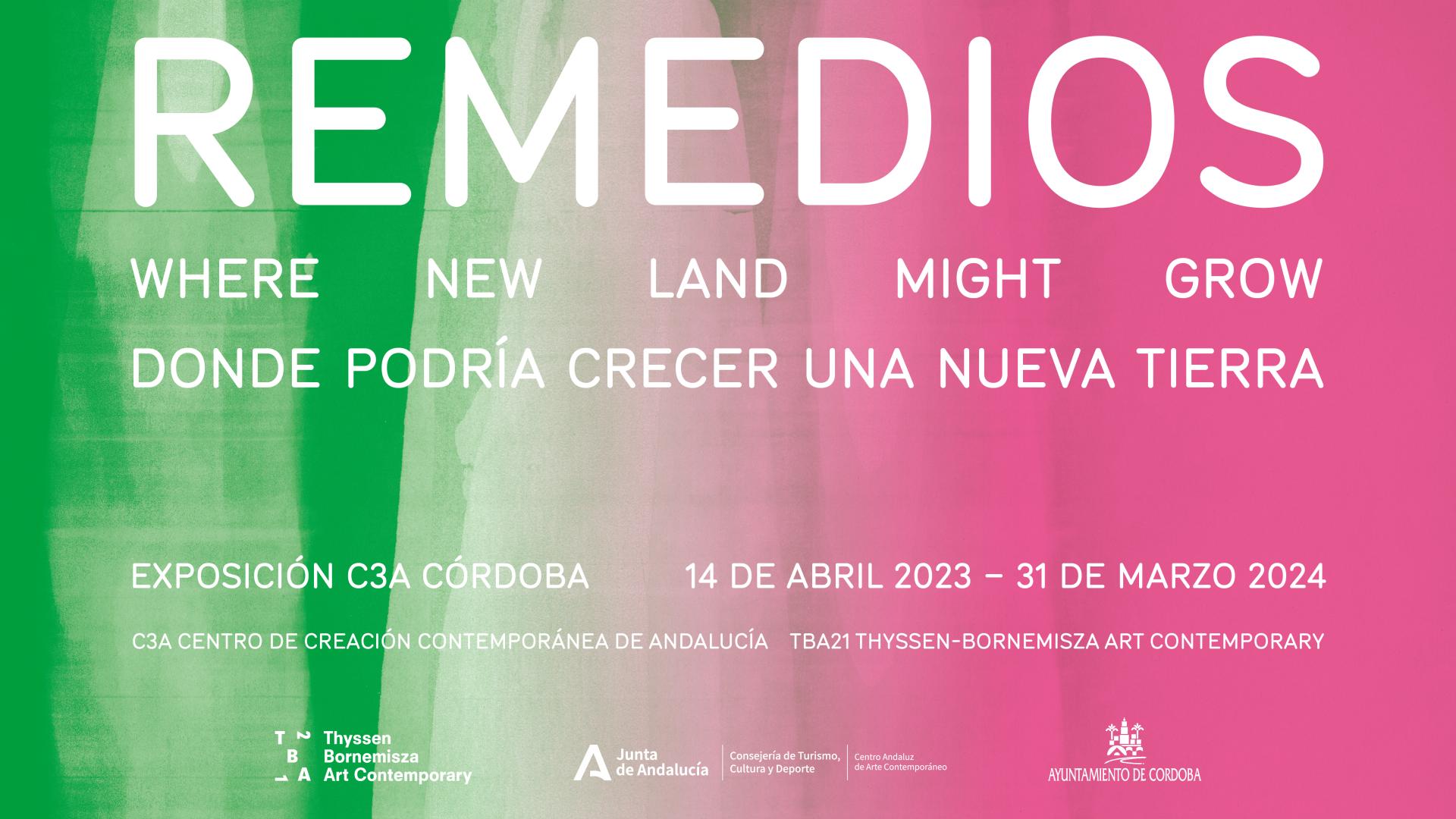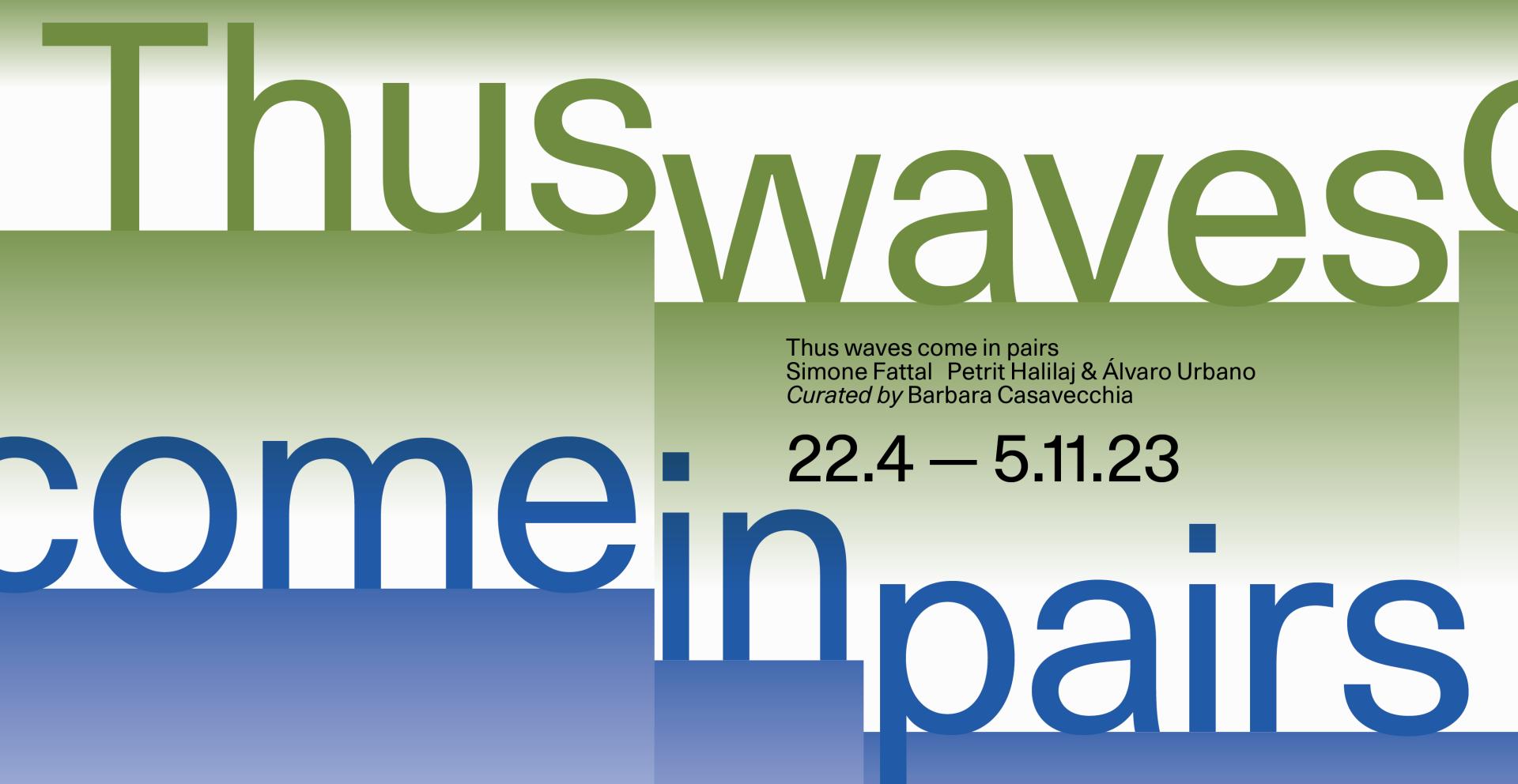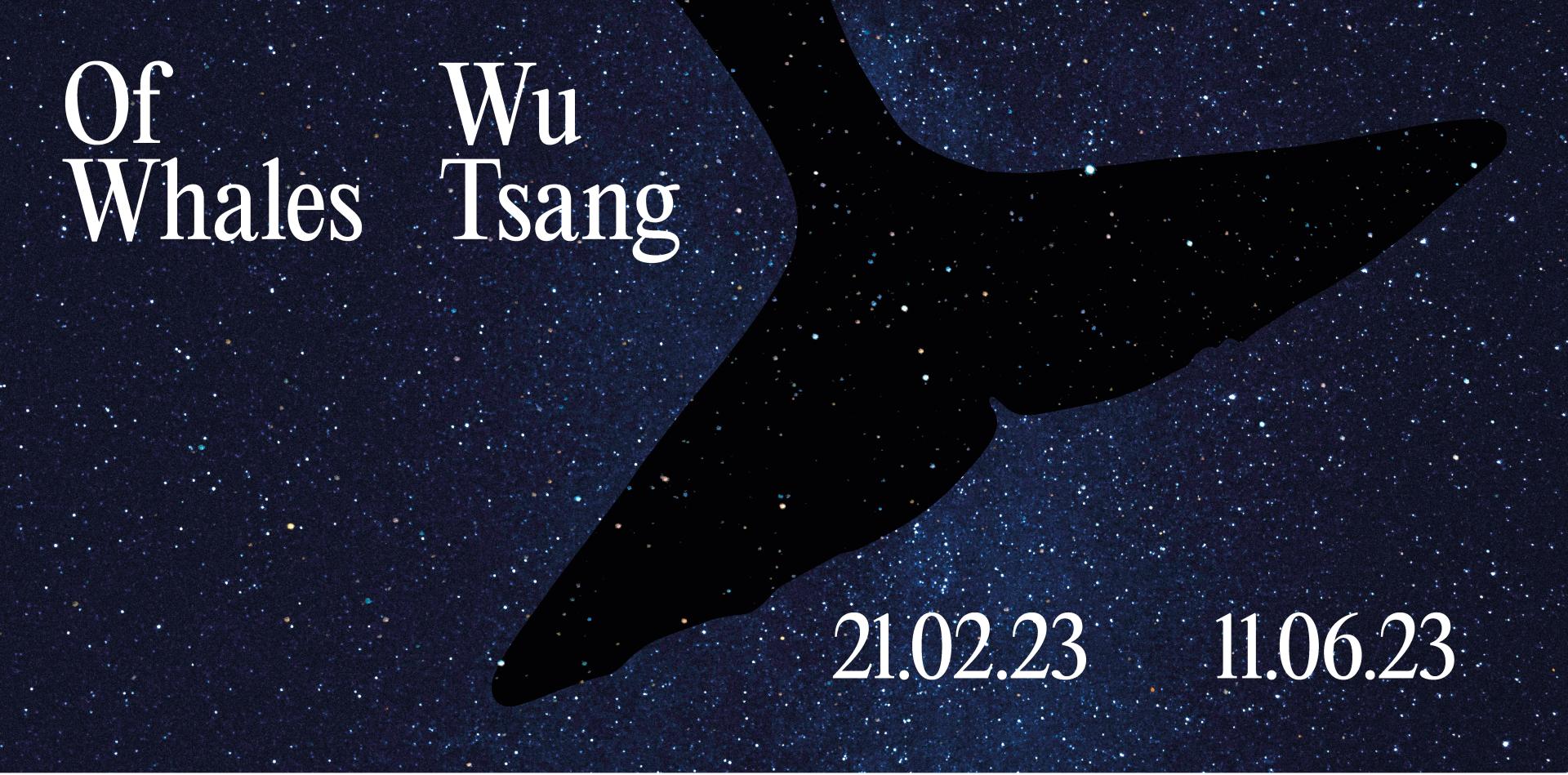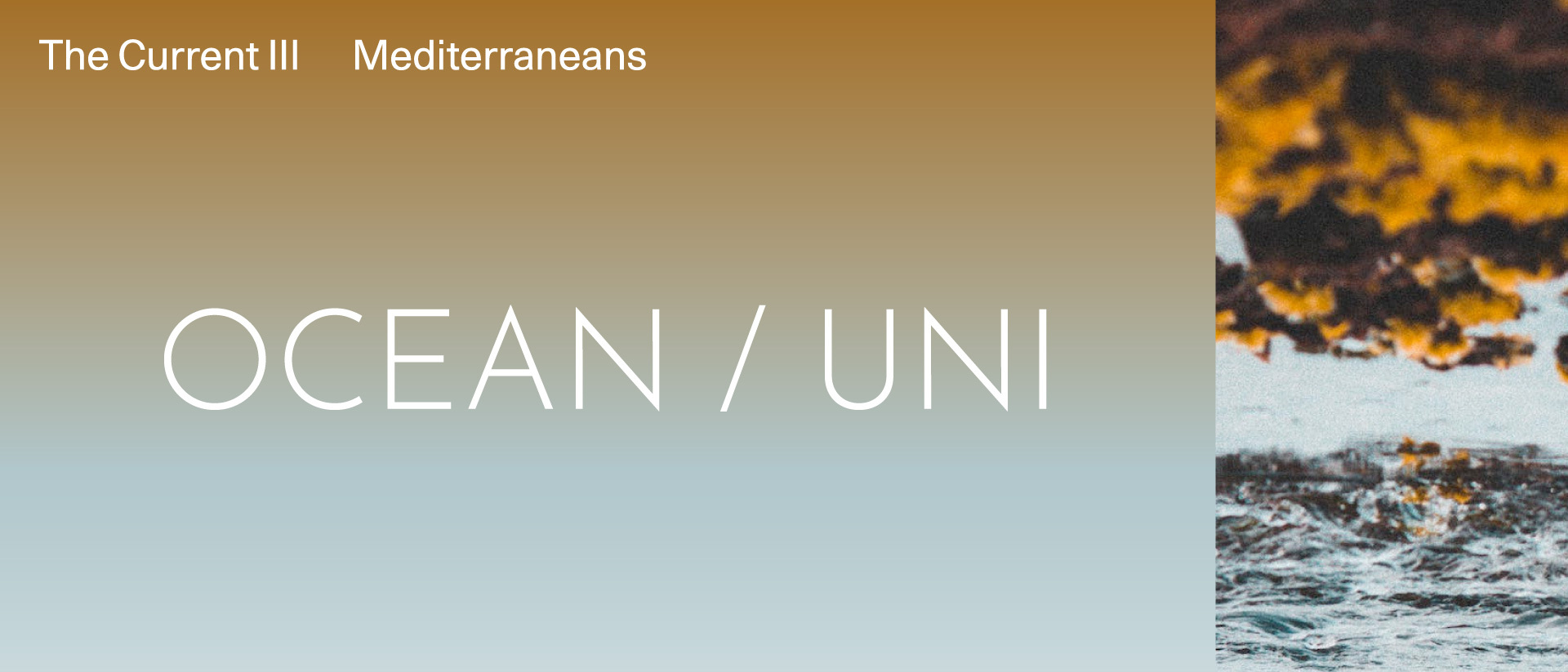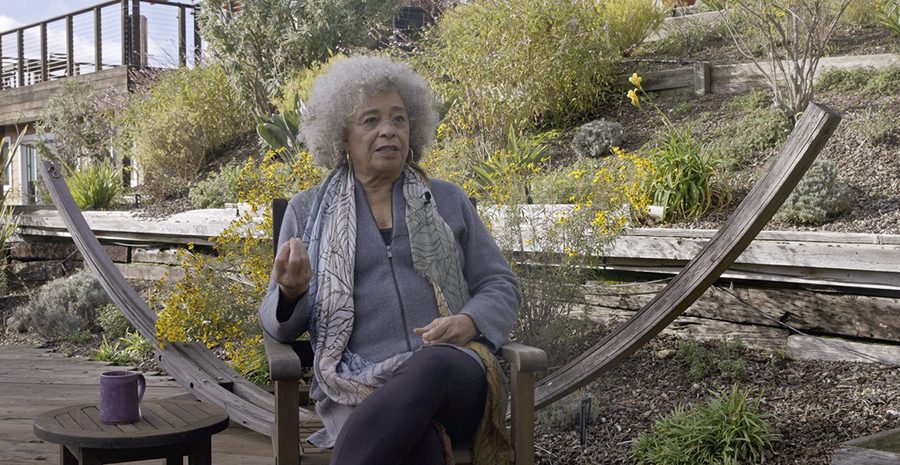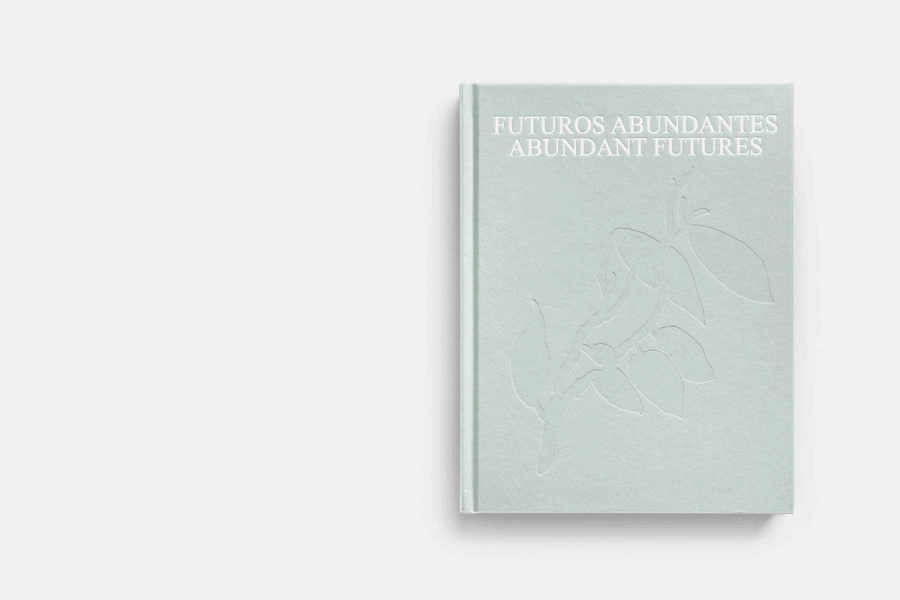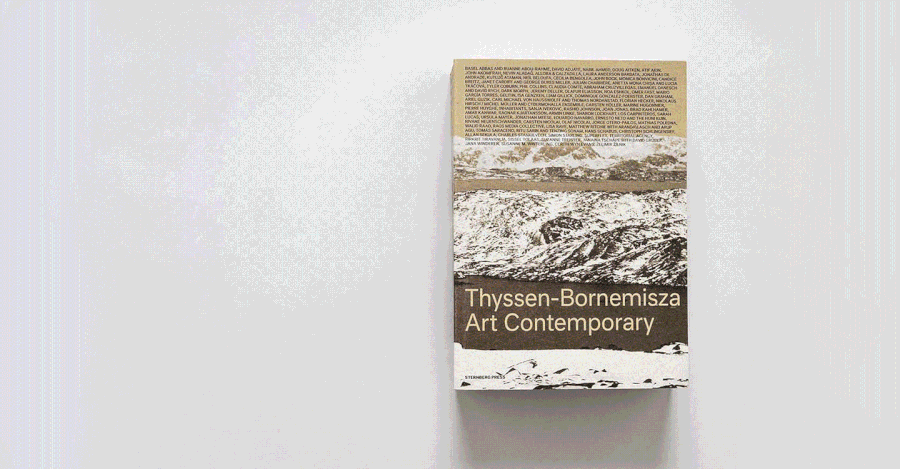The Last Temptation of the Contemporary
June 6, 2009 | Istituto Veneto, Venice
June 6, 2009 | Istituto Veneto, Venice

When a scholar of historic preservation is exhibited within this year’s Biennale and contemporary artists or art institutions increasingly thread themselves into the very fabric of historical neighborhoods, a whole new kind of conversation is necessary. The gallery is turned inside out and the street is turned outside in. A new wave of experiments actively erases the line between art and architecture to rethink the future of the past.
A lively panel discussion of artists, architects, historians, critics, collectors, and curators on the new forms of dance between experimental work and heritage. Organized by TBA21 and the Graduate School of Architecture, Planning and Preservation of Columbia University (GSAPP), this joint symposium has been triggered by the Jorge Oteiro-Pailos’s installation The Ethics of Dust: Doges Palace, Venice, 2009in the Arsenale.
Panel 1
The institution’s perspective – the guardians of public patrimony
with Cerith Wyn Evans, Boris Groys, Sir Norman Rosenthal, Maja Hoffmann, Daniela Zyman. Moderated by John Rajchman
Traditional art institutions carry the mandate to preserve, interpret and make accessible the “archives of the past” for future generations. They concern themselves with historiography in the sense that they propose a reading of the past and the objects that represent a particular interpretation of the historical.
One of the most difficult challenges in thinking about the museum in the 21st century has been the museum’s “static status” as a repository of objects frozen in a singular concept of time, which has made it difficult to use museums as a site from which to theorize change. Many museums today are still structured along the model of the “Museum Acropolis”, creating a museum district which symbolically dominates the city and structurally is often isolated from it, or the “encyclopedic collection”, trying to fill historic lacunae, rather than opening up towards the new. However most historic institutions have understood that any strategy of isolation and obstinate perpetual revival of past achievements no longer serves contemporary audiences.
As institutions have moved increasingly into adopting an “inclusive” public mission, their operational and structural make-up has been more and more affected by radical changes in exhibition practices and routines, financial structure and visitor demographics. These changes represent a profound shift in the very context in which institutions operate, whether it is the field of art, theater, opera or any other cultural practice. They also reflect larger socio-economic shifts which position culture as an integral part of the economy as well as museum practices that derive their legitimation from connecting with visitors rather than with social elites, government, or scholars. Museums play to national and civic discourses at the same time as sustaining a series of contemporary contexts that emphasize global flows of tourists, goods and ideas.
Panel 2
Experimental preservation
with Jorge Otero-Pailos, Francesca Thyssen-Bornemisza, Tom Krens, Dan Cameron, Lorenzo Fusi, Doug Aitken. Moderated by Mark Wigley
More recent transdisciplinary approaches to the study of cultural sites and practices offer an approach which dares to cross between a number of seemingly disparate disciplines and social vectors. It is the experimental field which seems to have most to say about the media, education, tourism, patrimony, urban development, corporate interests and images in relation to society, culture, and the economy. These ideas have redefined the institution as an urban attractor, a field of energy and creativity that actively redefines the city. However, the most vital examples are often temporary sites of artistic display, commerce and exchange – as exemplified by the art biennales or the international art fairs, which are mushrooming in “new” places such as Beijing, Dubai, and Moscow. These models derive from the International Fairs of the 19th century, which have had an enormous impact on museum culture, but also connect seamlessly to trends in popular culture, trade, personality cult, and spectacularization that accelerate the de-institutionalization and temporalization of cultural practices. Like the International Exhibitions of the 19th century, these events produce carefully controlled liminal spaces in a carnivalesque atmosphere.
Even the newest of these new sites of display in the newest of cities mobilizes concepts of heritage. Even the most contemporary institutions presenting the most contemporary work necessarily engage with concepts of heritage. In reverse, radical contemporary thinking about heritage necessarily produces new kinds of institution and new kinds of art. As Barbara Kirschenblatt-Gimblett puts it, ‘heritage and tourism are collaborative industries, heritage converting locations into destinations and tourism making them economically viable as exhibits of themselves’. This becomes very explicit when the two come together as powerful agents of urban renewal and creating the parameters for master-planned architectural interventions. In most of the widely known cases, all of these developments include museums as an important part of their offerings.
However, these new popular sites of culture can also be perceived as a site of inclusion, exchange, thus appeal to an urban sensitivity which cherishes the new, awakes the curiosity and allows for the reading of the city based on a permeable interface between its interior and external spaces. Artists and art institutions leave the isolation of the gallery to occupy the historical city as a site of interaction and production, allowing forms of cross-programming and spaces of hybridity. Artists become architects and historians of architecture at the same time that architects and architectural historians find themselves within the gallery. Heritage itself becomes the most active construction site of all, the site of the most radical experiments and the incubator of the most complex and contested positions. Heritage has become the last temptation of the contemporary.
A lively panel discussion of artists, architects, historians, critics, collectors, and curators on the new forms of dance between experimental work and heritage. Organized by TBA21 and the Graduate School of Architecture, Planning and Preservation of Columbia University (GSAPP), this joint symposium has been triggered by the Jorge Oteiro-Pailos’s installation The Ethics of Dust: Doges Palace, Venice, 2009in the Arsenale.
Panel 1
The institution’s perspective – the guardians of public patrimony
with Cerith Wyn Evans, Boris Groys, Sir Norman Rosenthal, Maja Hoffmann, Daniela Zyman. Moderated by John Rajchman
Traditional art institutions carry the mandate to preserve, interpret and make accessible the “archives of the past” for future generations. They concern themselves with historiography in the sense that they propose a reading of the past and the objects that represent a particular interpretation of the historical.
One of the most difficult challenges in thinking about the museum in the 21st century has been the museum’s “static status” as a repository of objects frozen in a singular concept of time, which has made it difficult to use museums as a site from which to theorize change. Many museums today are still structured along the model of the “Museum Acropolis”, creating a museum district which symbolically dominates the city and structurally is often isolated from it, or the “encyclopedic collection”, trying to fill historic lacunae, rather than opening up towards the new. However most historic institutions have understood that any strategy of isolation and obstinate perpetual revival of past achievements no longer serves contemporary audiences.
As institutions have moved increasingly into adopting an “inclusive” public mission, their operational and structural make-up has been more and more affected by radical changes in exhibition practices and routines, financial structure and visitor demographics. These changes represent a profound shift in the very context in which institutions operate, whether it is the field of art, theater, opera or any other cultural practice. They also reflect larger socio-economic shifts which position culture as an integral part of the economy as well as museum practices that derive their legitimation from connecting with visitors rather than with social elites, government, or scholars. Museums play to national and civic discourses at the same time as sustaining a series of contemporary contexts that emphasize global flows of tourists, goods and ideas.
Panel 2
Experimental preservation
with Jorge Otero-Pailos, Francesca Thyssen-Bornemisza, Tom Krens, Dan Cameron, Lorenzo Fusi, Doug Aitken. Moderated by Mark Wigley
More recent transdisciplinary approaches to the study of cultural sites and practices offer an approach which dares to cross between a number of seemingly disparate disciplines and social vectors. It is the experimental field which seems to have most to say about the media, education, tourism, patrimony, urban development, corporate interests and images in relation to society, culture, and the economy. These ideas have redefined the institution as an urban attractor, a field of energy and creativity that actively redefines the city. However, the most vital examples are often temporary sites of artistic display, commerce and exchange – as exemplified by the art biennales or the international art fairs, which are mushrooming in “new” places such as Beijing, Dubai, and Moscow. These models derive from the International Fairs of the 19th century, which have had an enormous impact on museum culture, but also connect seamlessly to trends in popular culture, trade, personality cult, and spectacularization that accelerate the de-institutionalization and temporalization of cultural practices. Like the International Exhibitions of the 19th century, these events produce carefully controlled liminal spaces in a carnivalesque atmosphere.
Even the newest of these new sites of display in the newest of cities mobilizes concepts of heritage. Even the most contemporary institutions presenting the most contemporary work necessarily engage with concepts of heritage. In reverse, radical contemporary thinking about heritage necessarily produces new kinds of institution and new kinds of art. As Barbara Kirschenblatt-Gimblett puts it, ‘heritage and tourism are collaborative industries, heritage converting locations into destinations and tourism making them economically viable as exhibits of themselves’. This becomes very explicit when the two come together as powerful agents of urban renewal and creating the parameters for master-planned architectural interventions. In most of the widely known cases, all of these developments include museums as an important part of their offerings.
However, these new popular sites of culture can also be perceived as a site of inclusion, exchange, thus appeal to an urban sensitivity which cherishes the new, awakes the curiosity and allows for the reading of the city based on a permeable interface between its interior and external spaces. Artists and art institutions leave the isolation of the gallery to occupy the historical city as a site of interaction and production, allowing forms of cross-programming and spaces of hybridity. Artists become architects and historians of architecture at the same time that architects and architectural historians find themselves within the gallery. Heritage itself becomes the most active construction site of all, the site of the most radical experiments and the incubator of the most complex and contested positions. Heritage has become the last temptation of the contemporary.



